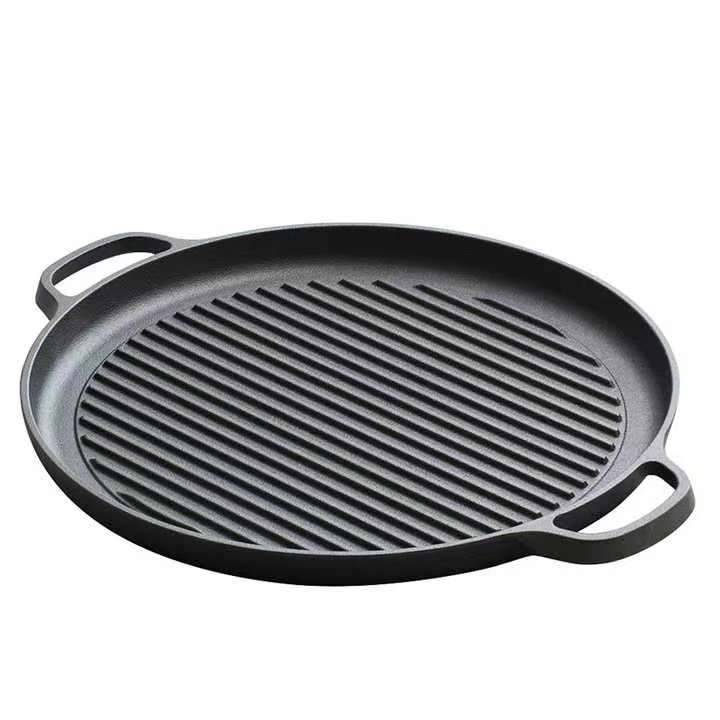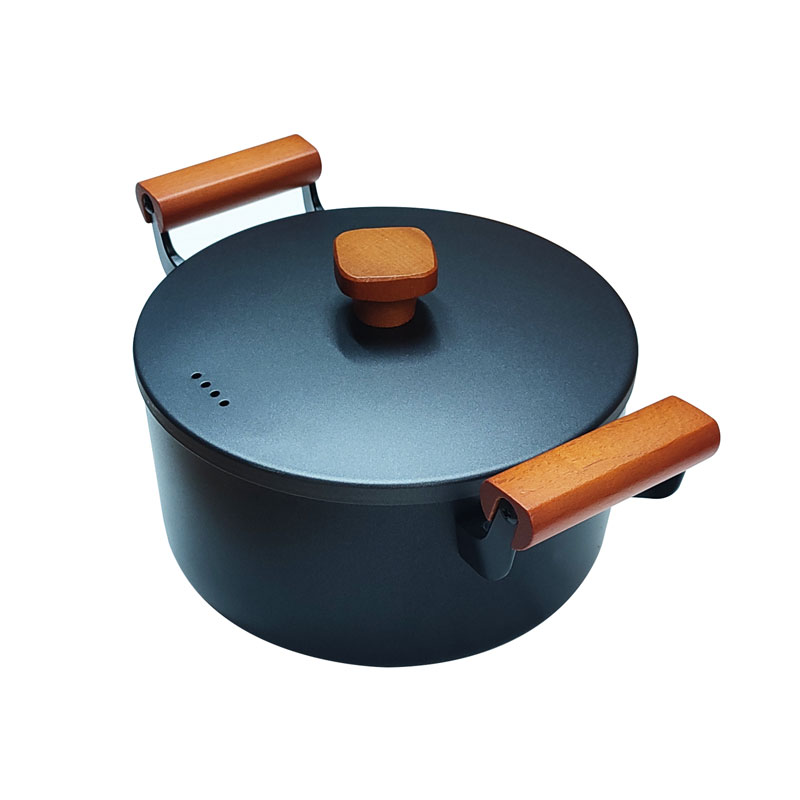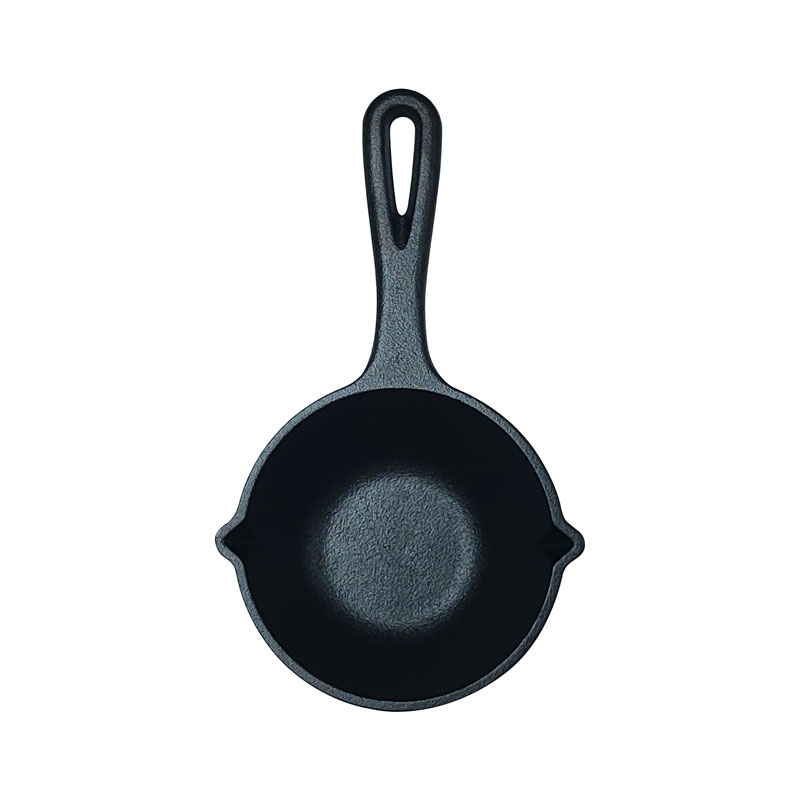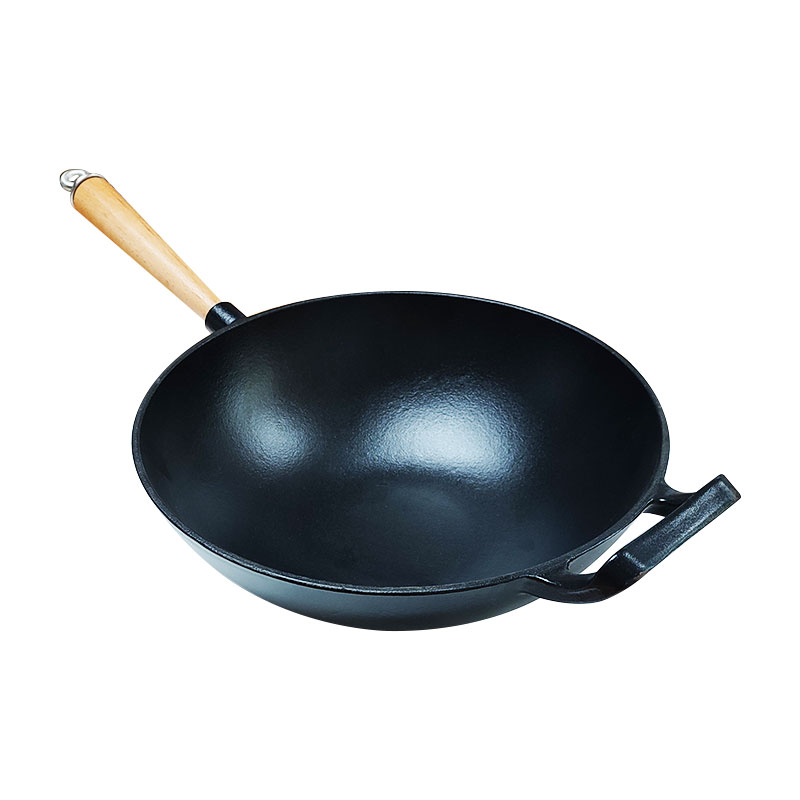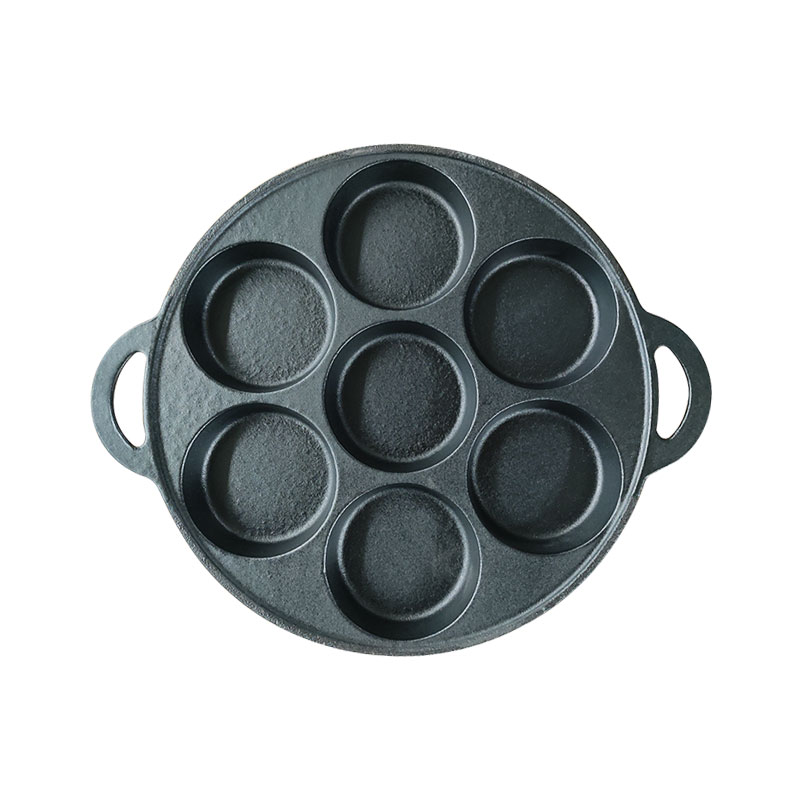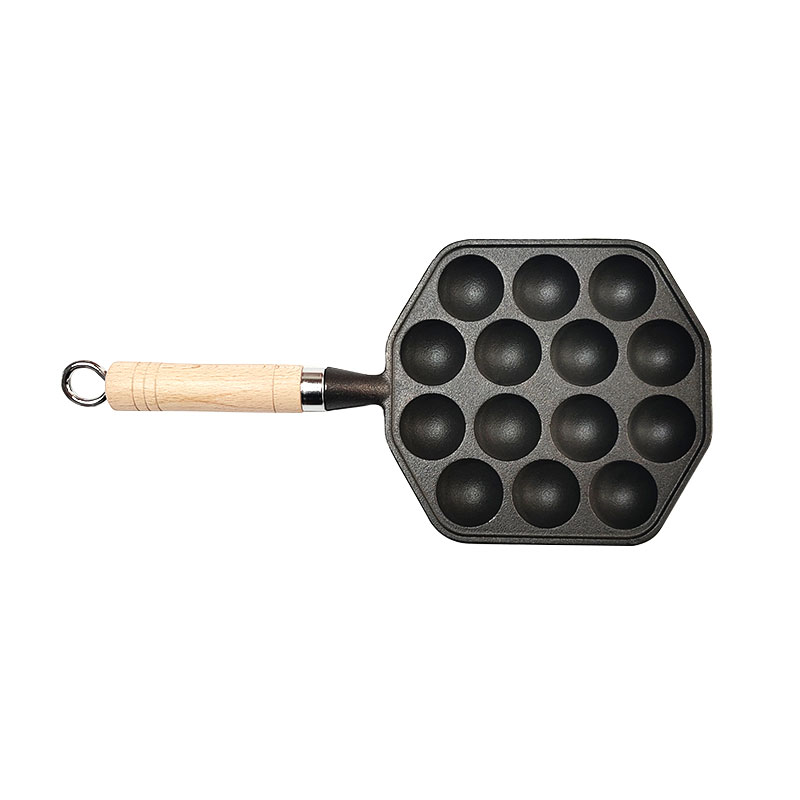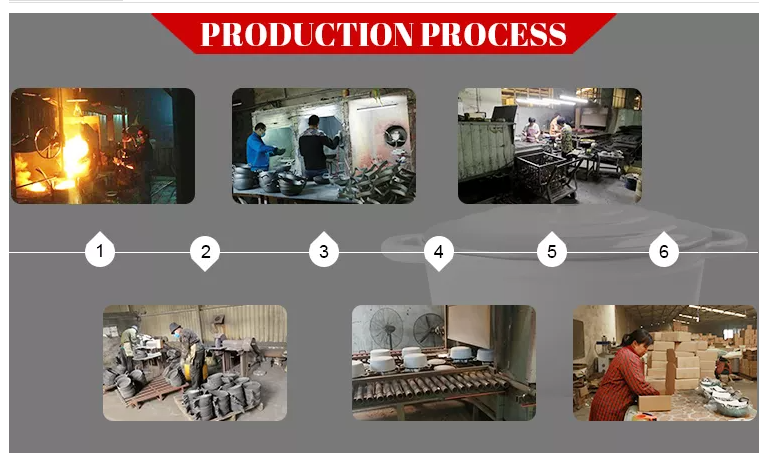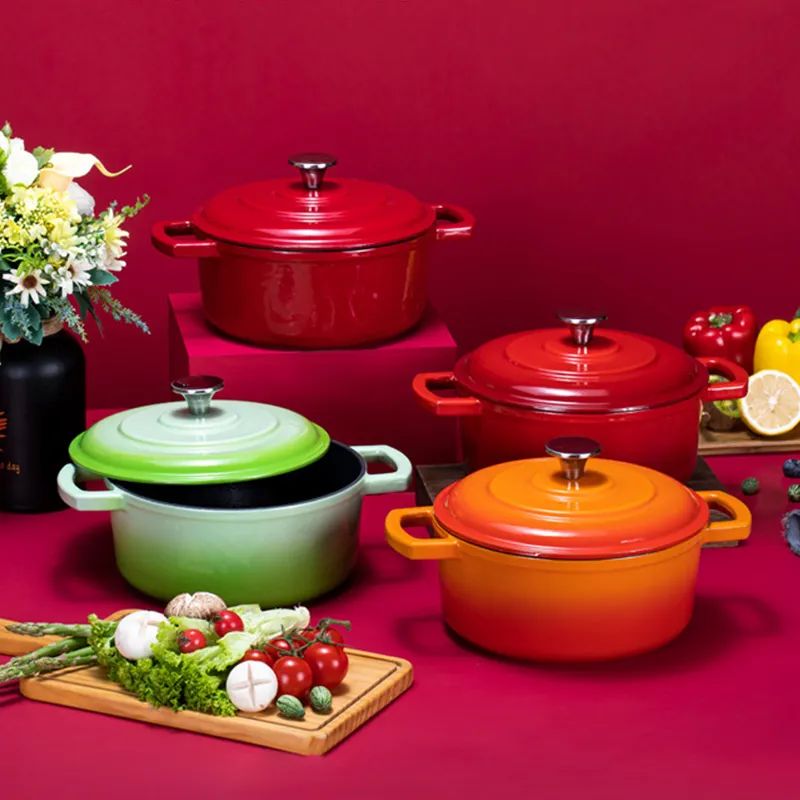- Aafrika
- Albaania
- amhari keel
- araabia
- Armeenia
- Aserbaidžaani
- Baski
- Valgevene
- Bengali keel
- Bosnia
- Bulgaaria
- katalaani
- Cebuano
- Korsika
- Horvaadi
- Tšehhi
- Taani
- Hollandi
- Inglise
- Esperanto
- eesti
- soome keel
- Prantsuse keel
- Friisi keel
- galeegi
- Gruusia
- Saksa
- Kreeka
- Gudžarati
- Haiti kreooli keel
- Hausa
- havai
- heebrea keeles
- Ei
- Miao
- ungari keel
- Islandi
- igbo
- Indoneesia
- iiri
- Itaalia
- jaapani
- Jaava
- kannada keel
- kasahhi
- Khmeeri
- Rwanda
- Korea
- Kurdi
- Kõrgõzstan
- Tööjõud
- Ladina keel
- läti
- leedu
- letseburgi
- makedoonia
- Madagaskari
- malai
- malajalami
- Malta keel
- Maoorid
- marathi keel
- Mongoli
- Myanmar
- Nepali
- Norra
- Norra
- oksitaani
- puštu
- Pärsia
- Poola
- portugali keel
- pandžabi
- Rumeenia
- Vene
- Samoa
- šoti gaeli
- Serbia
- Inglise
- Shona
- Sindhi
- singali
- Slovaki keel
- Sloveenia
- Somaalia
- Hispaania keel
- Sunda keel
- suahiili
- Rootsi
- tagalogi keel
- Tadžiki
- tamili
- tatari
- telugu
- Tai
- Türgi keel
- Türkmeenide
- Ukraina
- urdu
- uiguuri
- usbeki keel
- Vietnami
- Walesi
- Abi
- Jidiši
- joruba
South Africa Cast Iron Potjie Pot FAQ Guide
What Is a Potjie Pot and What Makes It Unique?


A Potjie Pot is a traditional South African cast iron pot with three legs, used for slow-cooking stews over an open fire. Its round shape and heavy lid help circulate heat and lock in flavor.
What Sizes Are Available for the Potjie Pot?


Potjie pots typically come in various sizes, from size #1 (small, about 3L) up to size #25 (large, over 80L). Sizes can be selected based on the number of servings required.
Is the Pot Pre-Seasoned and Ready to Use?


Yes, most Potjie pots are pre-seasoned with vegetable oil during production, making them ready for immediate use and resistant to rust.
What Are the Best Ways to Use a Potjie Pot?


It's ideal for outdoor cooking over charcoal, wood fires, or gas. Simply layer your ingredients, cover with the lid, and let it cook slowly for rich, deep flavors.
How Do I Clean and Maintain a Cast Iron Potjie Pot?


After use, wash with warm water only (no soap), dry completely, and apply a light coat of oil to preserve the seasoning. Store in a dry place to prevent rust.


Küsi kohe malmist kööginõude pakkumiste kohta
Palun täitke allolev vorm ja meie meeskond võtab teiega ühendust, et jagada hinnakujundust, toote üksikasju ja kohandamisvõimalusi.










